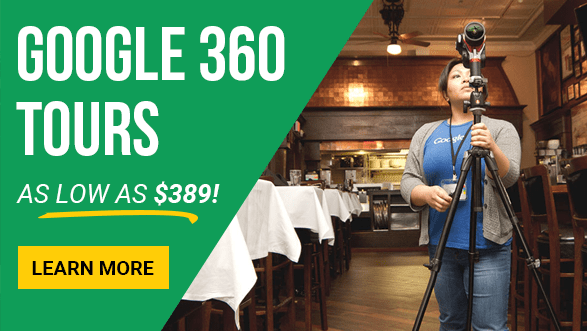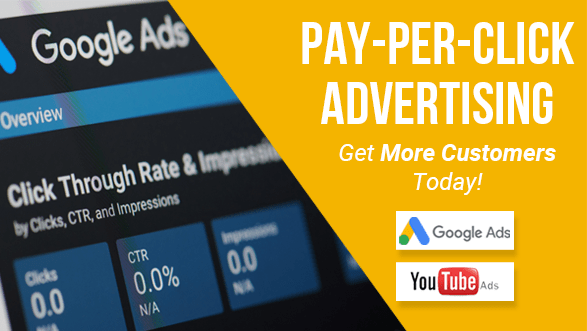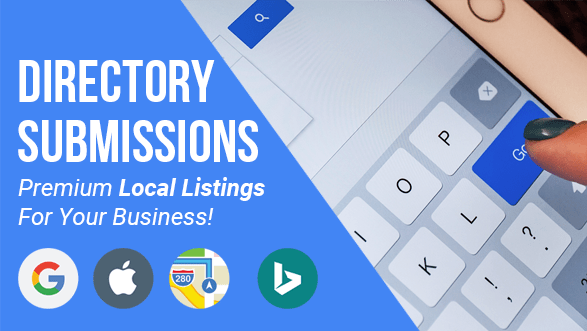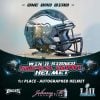With social media rising in popularity due to its interactive and engaging capabilities, it can be very easy to overlook the importance of a good website. It is important to understand why a website is one of the most essential elements of a strong marketing plan and what exactly makes a website good or bad.
Your website is your home on the internet. It allows you to include everything you need to communicate with your customers and potential customers. Businesses small and large use their website to pretty much cover everything that they think their audience needs to know.
Websites are highly customizable to allow you to deliver your message, establish your image, and give visitors more of an incentive to do business with you. This is especially useful when compared to Facebook, where the site has a predetermined layout and interface over which you have little control. On your website, you can control the overall layout, color scheme, graphics, content, features, and just about anything else.
So what qualities make a website “good” or “bad”?
Modern. Having an up-to-date appearance is a great starting point. If your website looks like it hasn’t been updated since 1999, it may give off the impression that your business is slow to keep up with the times. Visitors may even take one look and assume you aren’t even in business any more. This Robert DeNiro fan website hasn’t been updated since 1999, and it certainly looks like it: http://deniro.jvlnet.com/ (Good example of a modern website is this Harley Davidson site)
Clean. It’s important that the formatting is free of mistakes – otherwise you’ll appear unprofessional. Be sure to avoid little problems like text wrapping over an image, broken images, typographical errors, inconsistent spacing, etc. like this page (Good example of a clean website: http://www.freshbooks.com/)
Easy to Navigate. Keep it simple and don’t include too much information on the front page. Make sure that the visitor can find what they need quickly. If your company has a long history, it might be a good idea to have a separate section called “Company History” linked from the front page, instead of giving the visitor an overwhelming amount of text at first glance. The same goes for product line, staff, or any other information you choose to include. If you have multiple pictures or stories to report, it might be a good idea to use sliders that rotate the material in a fixed location. This website is very difficult to navigate through as the navigation circles are confusing: http://www.shmarketing.co.uk/ (Good example: http://www.bluelounge.com/)
Call to Action. Make sure that visitors are encouraged to take action. By adding forms, the visitor can easily provide his or her contact information, allowing you to follow up with them and make a sale. You should have a button on the front page saying “Get Started Now!”

















